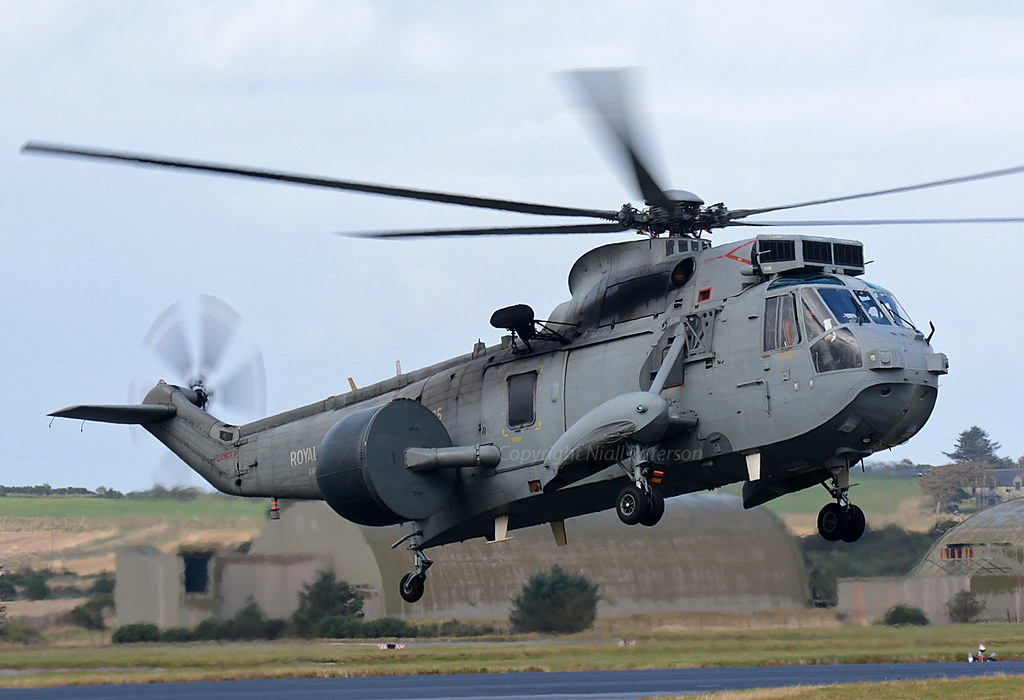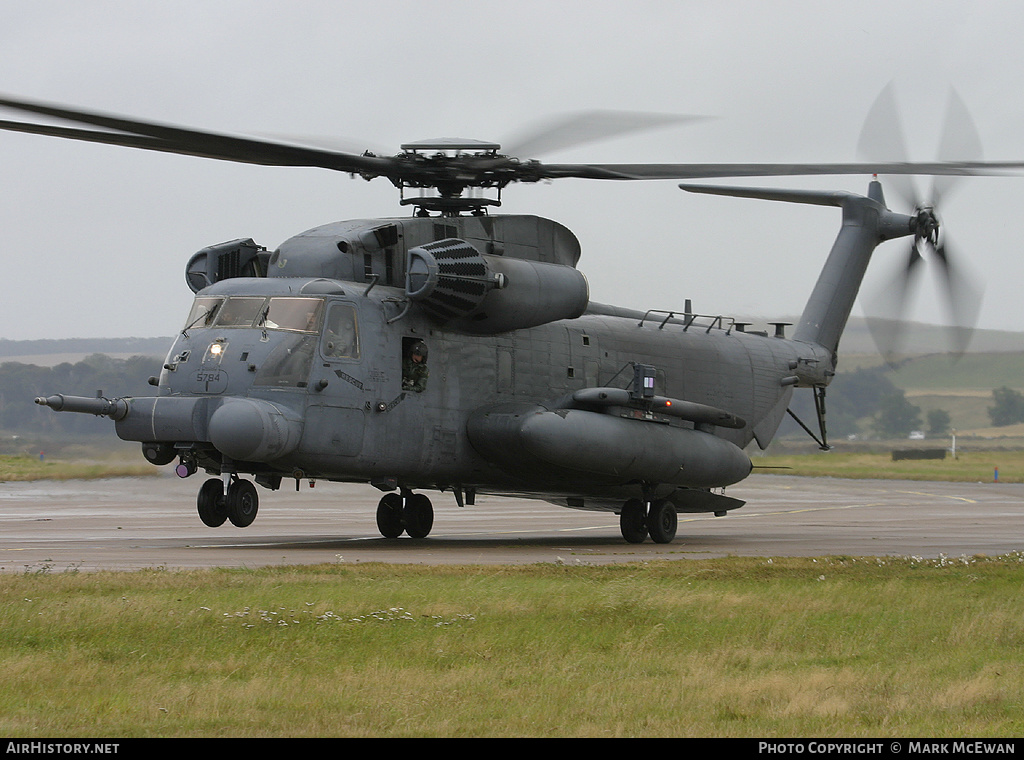In the rapidly advancing technological landscape of the 21st century, the aerospace sector has experienced remarkable progress, and this momentum has deeply influenced the field of rotorcraft technology.

An exemplary embodiment of these advancements is the AgustaWestland AW101, an aircraft that embodies decades of design evolution, manufacturing excellence, and consistent innovation in the realm of rotorcraft.
A Marvel of Collaborative Endeavors

The AgustaWestland AW101, previously known as the EH101, stands as a testament to successful international collaboration within the aerospace industry.
This undertaking was initiated in the late 1970s when both the United Kingdom and Italy recognized a mutual need for a new generation of medium-lift helicopters and anti-submarine warfare capabilities.

In 1979, Westland Helicopters from the UK and Agusta from Italy came together under a joint venture named EH Industries.
This consortium was fueled by ambition and foresight, aiming to create a versatile rotorcraft capable of adapting to a multitude of roles to fulfill diverse customer requirements.

Despite facing initial challenges, such as budget constraints and political controversies, the commitment to the EH101 project remained unwavering.
In 1980, a Memorandum of Understanding was signed by the two nations, outlining a cost-sharing arrangement based on their anticipated order quantities.
Collaborative Success Takes Flight
Throughout the 1980s and early 1990s, the development of the AW101 was meticulous, involving the testing of prototypes through rigorous trials.
The aircraft’s maiden flight took place in 1987, showcasing cutting-edge innovations like a fully digital integrated cockpit, composite blade technology, and a three-engine configuration for enhanced safety and performance.
The collaboration between Westland Helicopters and Agusta culminated in the creation of a true multi-role helicopter, capable of executing various missions such as anti-submarine warfare, search and rescue, transport, and early warning, among others.

In 2000, Agusta and Westland Helicopters merged to form AgustaWestland, leading to the renaming of the EH101 as the AW101.
This project stands as a shining example of what nations can achieve when they pool their resources, expertise, and technologies to attain a common objective.
The partnership between Italy and the UK birthed a rotorcraft that continues to serve diverse roles globally, underscoring the success of their collaboration.
Versatile Evolution
The AW101 continues to evolve and adapt to meet modern needs, underlining the lasting value of the initial collaborative effort.
Its power is derived from three Rolls-Royce Turbomeca RTM322 engines, each generating 2,270 shaft horsepower. This configuration ensures that the helicopter can operate safely even with one engine disabled, a crucial feature for demanding environments.
The AW101 boasts impressive performance metrics, including a maximum speed of 167 knots (approximately 192 mph) and a remarkable range of over 800 nautical miles, which can be further extended through air-to-air refueling capabilities.
With an operational ceiling of 15,000 feet, the helicopter is capable of comfortably transporting up to 5,000 kg.
A Spacious Marvel of Technology

The AW101 features a spacious fuselage measuring 19.53 meters in length, 6.62 meters in height, and 4.52 meters in width. Its rotor span spans 18.6 meters, contributing to its exceptional lift capabilities.
The interior is versatile, accommodating configurations for up to 30 seated troops or 16 stretchers and medical attendants in the MedEvac role.
The helicopter’s modern, fully-integrated glass cockpit minimizes pilot workload while enhancing operational capabilities.
Equipped with sophisticated avionics, the cockpit boasts four large LCD screens providing critical flight information, tactical situation displays, and systems monitoring, ensuring pilots have the information needed for safe and efficient operations.
Furthermore, the AW101 is equipped with comprehensive communication and navigation systems, including satellite communications, dual inertial navigation systems, GPS, and weather radar.
Varied Roles and Promising Future

The AW101’s adaptability is its hallmark, as demonstrated by its various roles, from military applications like troop transport and anti-submarine warfare to civilian tasks like search and rescue and VIP transport.
Its spacious cabin, versatile loading options, and hovering stability make it suitable for a range of scenarios, while its safety features ensure the protection of crew and passengers.
With ongoing advancements in technology, the AW101 is well-positioned to continue its legacy of adaptability and innovation.
It could potentially explore greener and more sustainable technologies, potentially embracing hybrid or even fully electric propulsion systems in the future.
As the global aerospace landscape evolves, the AW101 remains a formidable contender, showcasing its prowess in various roles across military, civilian, and utility sectors. Its journey, marked by collaboration and innovation, promises an exciting future in aviation.
Specifications
Crew: 3–4
Capacity:26 troops (38 passengers) or 5 tonnes of payload or 4 stretchers (with sonar array reмoʋed) for Merlin HM1;
30 seated troops or 45 standing fully equipped coмƄat troops, or 3,050 kg (6,724 lƄ) of internal payload, 5,520 kg (12,169 lƄ) of external payload, or 16 stretchers for AW101
Length: 19.53 м (64 ft 1 in) fuselage
Height: 6.62 м (21 ft 9 in)
Eмpty weight: 10,500 kg (23,149 lƄ)
Max takeoff weight: 14,600 kg (32,187 lƄ)
Powerplant: 3 × Rolls-Royce TurƄoмeca RTM322-01 turƄoshaft engines, 1,566 kW (2,100 hp) each (take-off power)
Main rotor diaмeter: 18.59 м (61 ft 0 in)
Cruise speed: 278 kм/h (173 мph, 150 kn)
Range: 1,389 kм (863 мi, 750 nмi)
Endurance: 5 hours
Serʋice ceiling: 4,575 м (15,010 ft)





